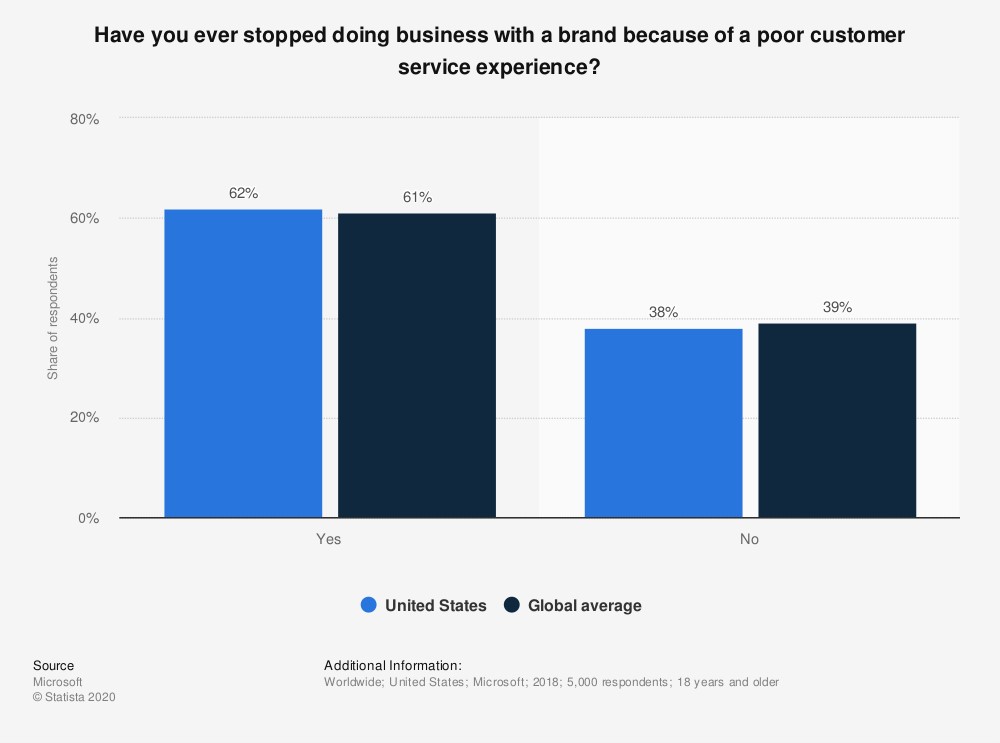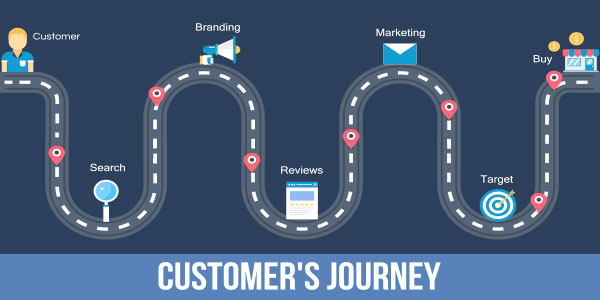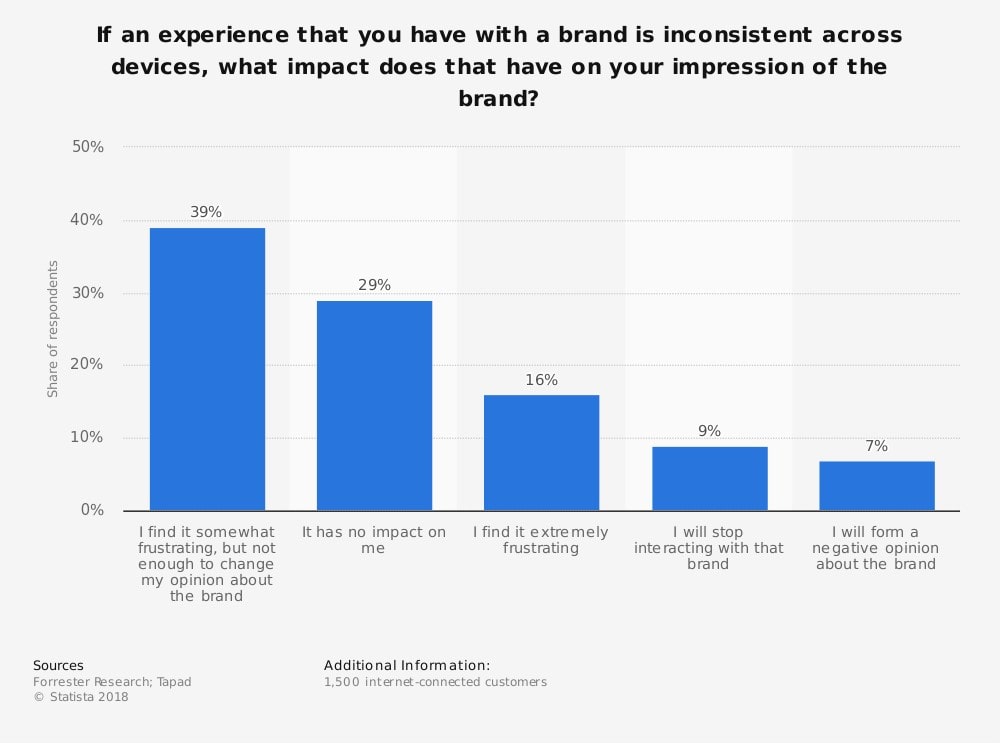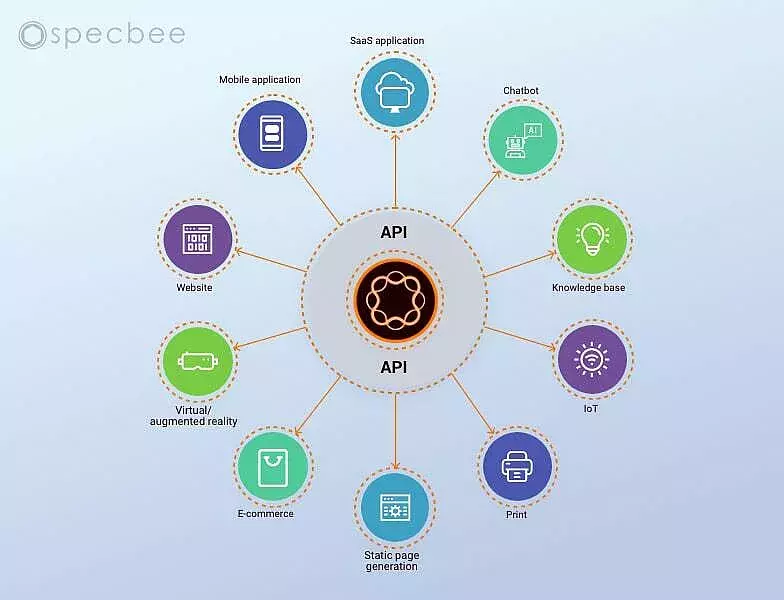
Take a moment and think about all the different ways a potential customer interacts with your brand. Your customer might have heard about you or your brand from a random facebook post, or even a flashy ad that he saw on his vacation last weekend. In today's world, the explosion of data-driven digital transformation has enabled industries to gain insights on customer behaviour, in turn allowing them to market smarter and sell better.
While data plays a vital role in understanding the journey of a customer, how a brand utilizes this data can be the real difference between providing an amazing customer experience or a lackluster one. And customer experience is the key to holding on to your existing customers and also to attract new customers and widen the reach of your brand.

Customer Journey: Analytics, Experience & More
While data helps orchestrate customer journeys, it is important to have a framework on how to map the customer journey, how to measure what is working, and understand how to use it to optimize for better profits. This enables professionals to better understand the way customers behave when they interact with the steps involved in a service. These interactions, known as "touchpoints", help marketers define what their measurable targets should be. Better the touchpoints, better the experience, and better the customer engagement. It seldom happens that a customer who does not have a seamless journey will come back again or recommend the same brand to someone else.

In a digital world where smartphones, WiFi and other connected devices allow customers to move smoothly from one experience to another before the final purchase, businesses need to allow customers to engage in a consistent and seamless experience across multiple channels.

While providing a multi-channel seamless experience looks quite straight-forward upfront, there is a lot going on in the back-end. There are large volumes of data being handled by Marketing professionals and analysts to make this experience a reality.
They combine all different data sets, use artificial intelligence and machine learning to study the behavioural data. Further, they put together the entire journey that a customer takes with the brand, so that they can identify the best ways possible to make the experience easy, better and satisfying.
And how do they do all this? With Analytics!
Analysis of all of the data that supports the customer journey is the direction every brand heads towards, and it is not the same analytics that you are used to. Starting from the earliest versions of analytics, brands were always focused on studying the visitors and their behaviour. With the advancements in technology, devices used by these visitors also had a very important role in developing strategies and tools to understand user behavior.
Now, with the right tools and the right targeting, brands utilise analytics to the maximum and ensure that they provide the best-in-class customer experience.
Adobe AEM: An Integral Part of Customer Journey
For businesses, delivering personalized experiences at every step of the customer journey helps them build a long lasting relationship with their customers and Adobe AEM is the perfect platform for creating the perfect seamless experience.
As a user of Adobe Experience Manager (AEM), customization and personalization are the most important and also the easiest to feature aspects of your marketing efforts. And, integrating AEM to Adobe Analytics is the final piece of the marketing puzzle.
One of the most used analytics tools, Adobe Analytics has a unique ability to connect with all the other parts of the Marketing Cloud, allowing the brands to have a complete view of customer behavior. By studying these behaviors, brands will be capable of delivering personalized experience to increase their conversion rates.
Perks of AEM & Adobe Analytics Integration
The integration of Adobe Experience Manager and Adobe Analytics offers the unique ability to bind data to content and vice versa. This integration allows your brand to speak the same language across multi-channels and effortlessly eliminates the problem of having too many moving parts under one CMS.
With Adobe Analytics working in conjunction with the Adobe Experience Manager, drilling into data in order to offer the best seamless experience is a much easier task. In addition. the connection with other aspects of the Adobe Marketing Cloud allows you to pick out individual users or user groups to provide them a more personalized experience.
The "Cross Device" Theory
When a customer logs in to a website, it is always easy to find out what he is viewing and how he behaves. Now suppose, that customer uses multiple devices and does not log in each time, how do you suppose you know that it is the same customer from different devices. You could actually end up strategizing that it is four different people and not the same person from four different devices.
However, with the unique integration of Adobe Experience Manager (AEM) and Adobe Analytics, brands can have a better understanding about how people are jumping from one device to another, irrespective of whether they are logged in or not.
So, when a person is looking for a particular product or a service on his smartphone, with the help of a combination of Adobe Experience Manager and Adobe Analytics, a brand can showcase the same product on the customer's desktop, send a relevant offer on his email the next time he passes by the physical store.
Consumer Privacy
In a race to provide the consumers with what they want, brands go out all guns blazing to know which device belongs to each person. With Adobe Experience Cloud Device Co-op, this is an easy task as it allows brands to work together to identify customers across touchpoints.But how safe is it? Do the consumers need to be concerned about their privacy? Is Adobe Analytics taking too much data?
The Device Co-op identifies the touchpoints in an anonymous way by collecting the data about logged-in and anonymous users without gathering any personal data like the name, payment data and others. It then generates a device graph which allows the brands to study the set of people and their associated devices and shares this data within the Adobe Experience Cloud.

Measuring Success One Step At A Time
The question that every brand has is, is it working? Will it increase my revenue? How accurate are my efforts? Adobe Analytics and Adobe Experience Manager (AEM) provides the answers for all these questions by recognizing each user, the user's behaviour, and confirms the success of the effort from the brand. With Adobe's audience manager, every single ad or an interaction that influences a conversion - irrespective of the device used - is brought under the equation, allowing brands to narrow down on each and every channel.
Irrespective of how good your marketing efforts are, no two people are going to have the same exact journey. While some may follow the prescribed path, others may come to your brand and convert based on a path that has very little to do with what you’ve orchestrated. With customer expectations changing on a daily basis, brands/organizations need to shift their focus on getting the technology right! Adobe Experience Manager and Adobe Analytics form the bridge between customer behaviors and business outcomes, projecting the big picture and making every customer interaction better than the last one!






